In this comparison we can see the difference in design and the results in the actual images from a still optimized sensor camera vs. a motion capture optimized sensor camera. Since both of these cameras are from Canon and they were originally created for two very different purposes it is very interesting to see the technical difference from the test charts and how that translates into the differences in actual scene image quality. If you look at this first still image which is a composite from both cameras at magnification so you can directly compare what is happening in the scene image quality as a result of the two different designs, sensors, processing and codec quality.
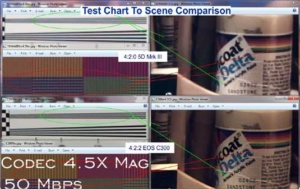
Image resolution and detail – If you look at each of the resolution wedges on the left side you will see a significant difference in the amount of spatial resolution and either residual color artifacts of the lack there of. It is easiest to see on the wedges which are running left to right which measures vertical detail (because the lines measure up and down vertical pixels). Look closely at the 5D MkIII images and you will notice a small amount of green and pink-redish color on the thin lines as they converge and become grey. This is usually attributed to DSLs who use line skipping and other down sampling techniques to get from a high mega pixel (22.3 in this case) down to full HD which is about 2 mega pixels. Now compare to theC300 wedge (inside second green circle) and notice not only the lack of color artifacts but also the much higher contrast of the black and white lines before they are lost into grey. You might ask why a 22.3 mega pixel sensor does not look as good as an 8.29 mega pixel images. The answer has to do with sensor optimization for still vs.motion capture, line skipping and photo site design. You may also ask why Canon would choose to use 8.29 mega pixels in the C300 when full HD only requires a little more than 2 million pixels (1920 X 1080). The answer is that true pixels are composed of red, green and blue elements and what we are talking about here is photo sites not pixels. So if you need 3 million pixels you would theoretically need 6 million photo sites. That is in fact what a 3 chip camera does. It has 3 sensors with 2 million pixels each to create a full HD image. The problem with 3 sensor cameras is that they are usually 2/3″, 1/2″. 1/3″ or 1/4″ which can pose a real problem in obtaining a high degree of control over the depth of field with any given lens. What most large single sensor cameras do is a typical Bayer pattern which allows the processor in the camera to create the luminance resolution and color information from a mathematical interpolation of the Bayer pattern. In the Canon EOS C300 they use a typical Bayer pattern on the sensor but with over 8 million photo sites they do not use a typical Bayer pattern interpolation, instead they actually have two complete green full HD signals and full HD red and blue signals so no de-bayering artificial colors are created. The artificial color has been improved on the 5D Mark III over the Mark II but there is still some false color that will show up in some fine detail and patterns.
Color Detail and Sharpness – Here is where some of the most significant differences will be seen between the two cameras. Color detail and sharpness in a motion recorded image is a combination of the cameras ability to resolve the color plus the ability of the cameras recorder codec to preserve the color information. If you look inside the two red circles you see what looks like wide bands of magenta and purple strips in both the first and second boxes. On the 5D Mark III the second box from the right shows vertical bands almost the same thickness as the first box. Those bands do not actually exist but are a morie pattern of false color created by the camera. If you look at C300 color images you will see that the second box actually is composed of very fine thin color lines. You will also see that the lower color boxes are very different in that the C300 shows the fine criss cross color patterns whereas the 5D Mark III does not but is simple a blur of soft color. This color sharpness difference is why you see the softness of the word “Delta” on the paint bottle from the scene and the difference in the color rainbow as well. In this case the two color codecs used are very suited to their cameras as even in live mode the 5D Mark III cannot resolve the color detail and the 4:2:2 color sampling of the C300 allows it to preserve the color sharpness and detail that the camera is capable of reproducing.
Low Light Sensitivity and Noise- This comparison is where is where pure physics and camera design come into play. If two sensors have two different amounts of photo sites which one has the larger photo sites? The answer of course is the one with the fewer pixels, in this case the C300 has the larger photo sites. The processing and the structure of the noise is also very different. If you watch the video in the ultra low light comparison you will notice the grain on the 5D Mark III is somewhat banding or horizontal.( you may need to turn your contrast up on the web videos) The C300 on the other hand is more evenly distributed and random. This is where the Canon has earned the reputation on the Cinema series cameras as having organic or film-like grain structure.
Coming next- Canon C-500 at 4K comparison

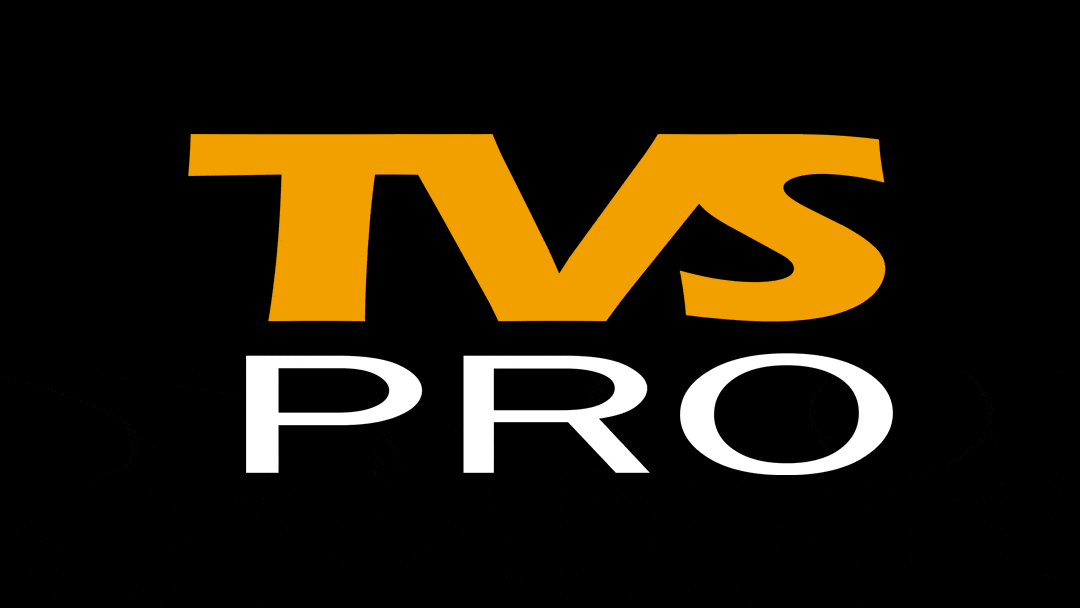

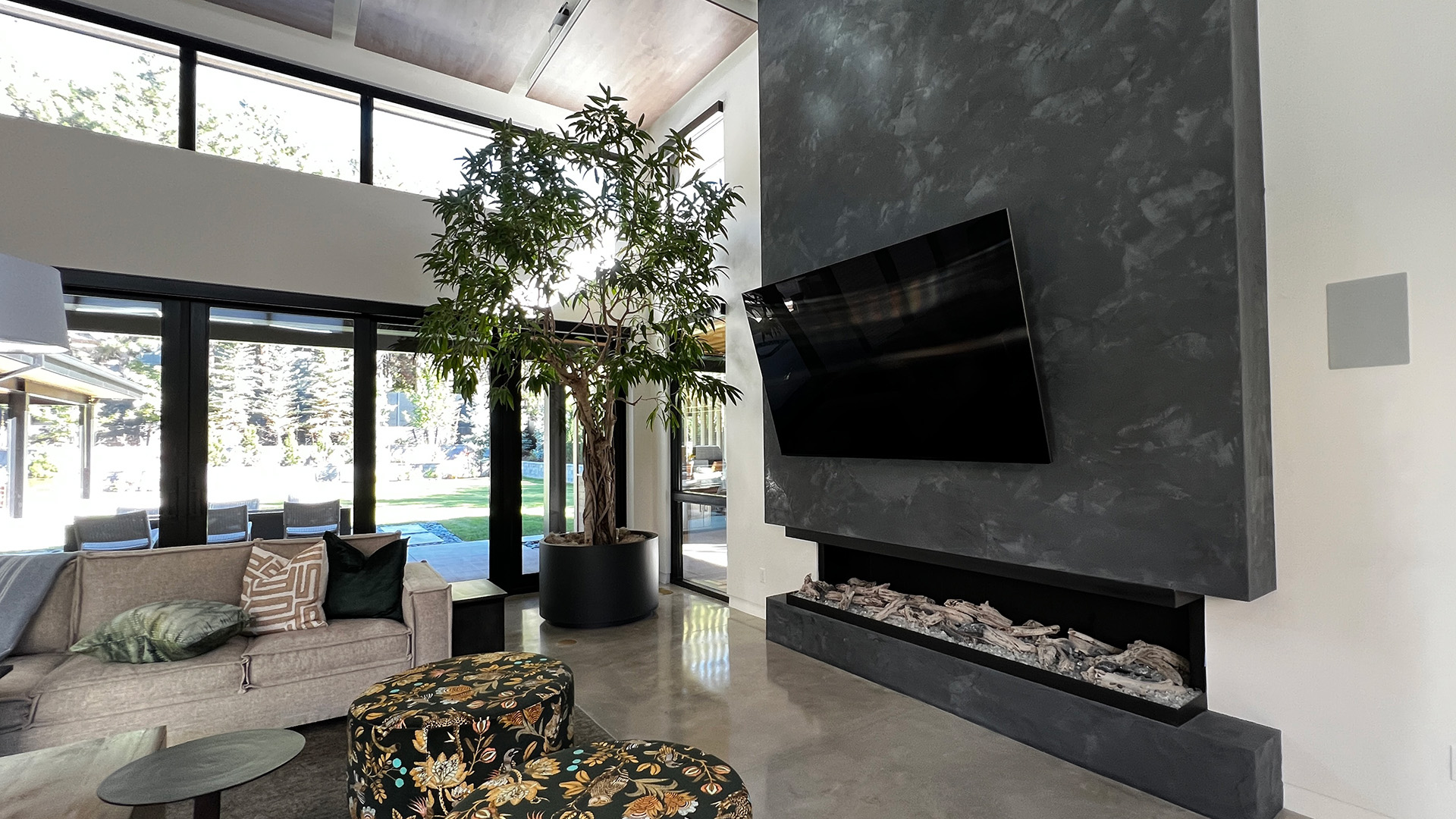
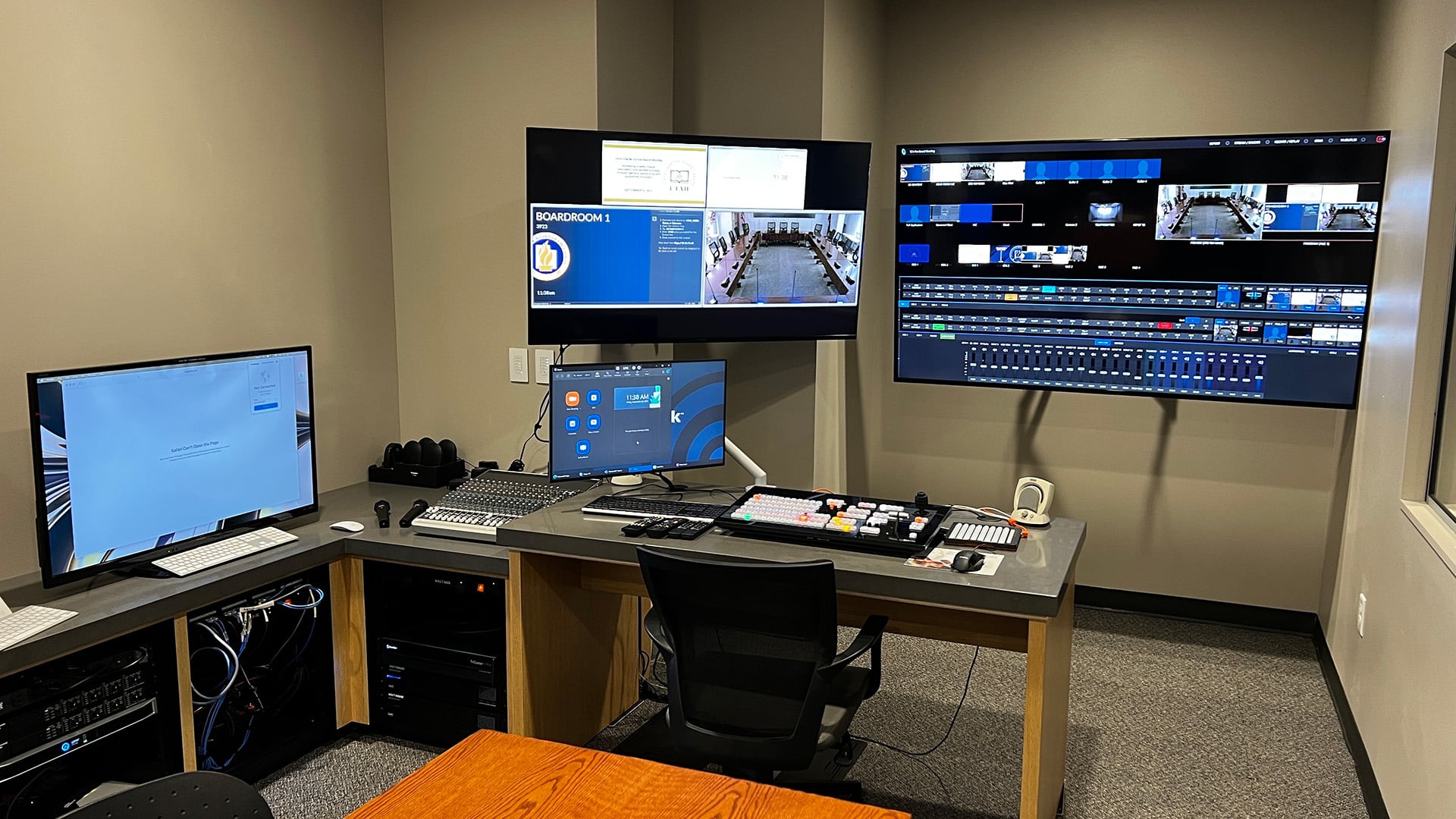
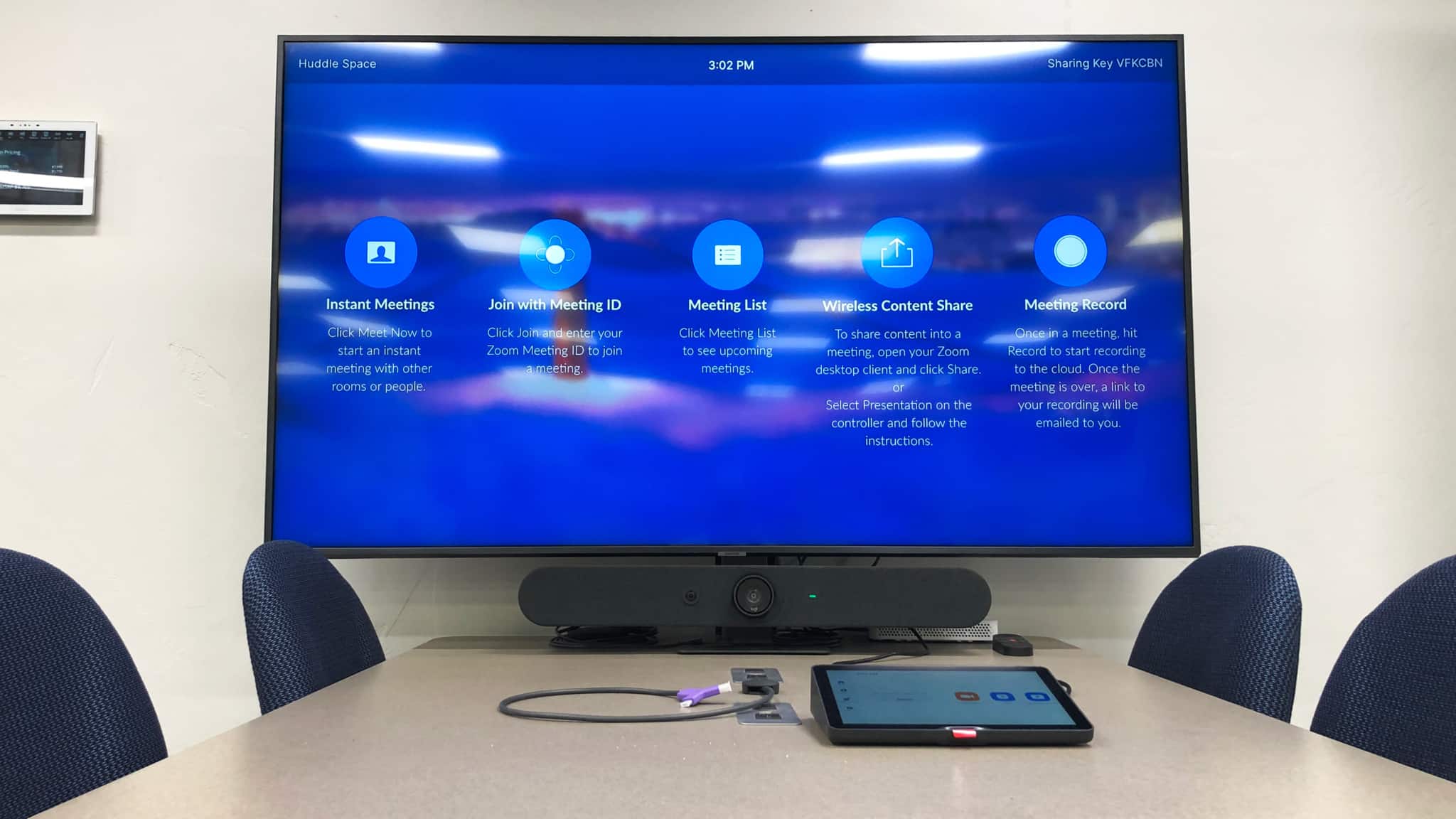
0 Comments